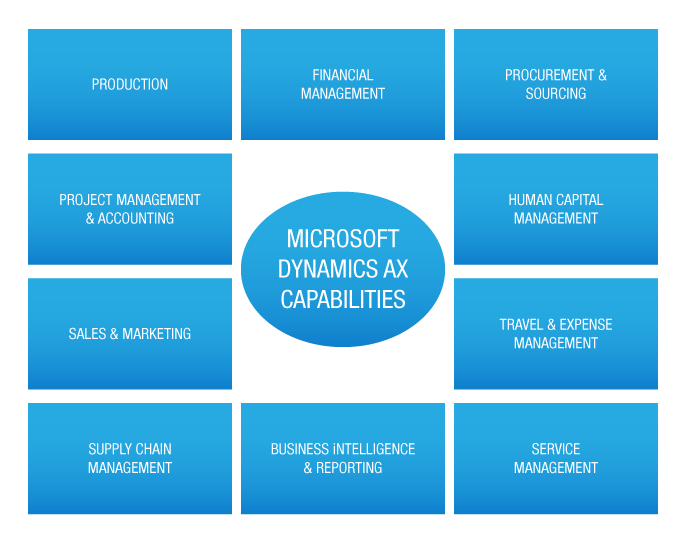What retail CEOs need to know to lead their business into the future
According to The DNA of the Future Retail CEO from the World Retail Congress, the top two current and future technical skills for retail CEOs are: Understanding of digital commerce and omni-channel Data/insight driven approach The expert panel went on to say that the future retail CEO needs to be data driven “in the extreme”. Meanwhile, Korn Ferry Institute’s study of UK retail CEOs led them to say that the new retail CEO needs to be experienced with both budget and strategy . That is a demanding list of attributes for anyone. Luckily, CEOs are not alone in managing their retail companies, no matter how big or small those companies may be. The right technology , along with the right people, can make the difference between shooting in the dark and creating a company strategy that is based on the most up-to-date and accurate information possible for unified commerce. That is right, retail technology changes quickly . Keeping up with change an...
